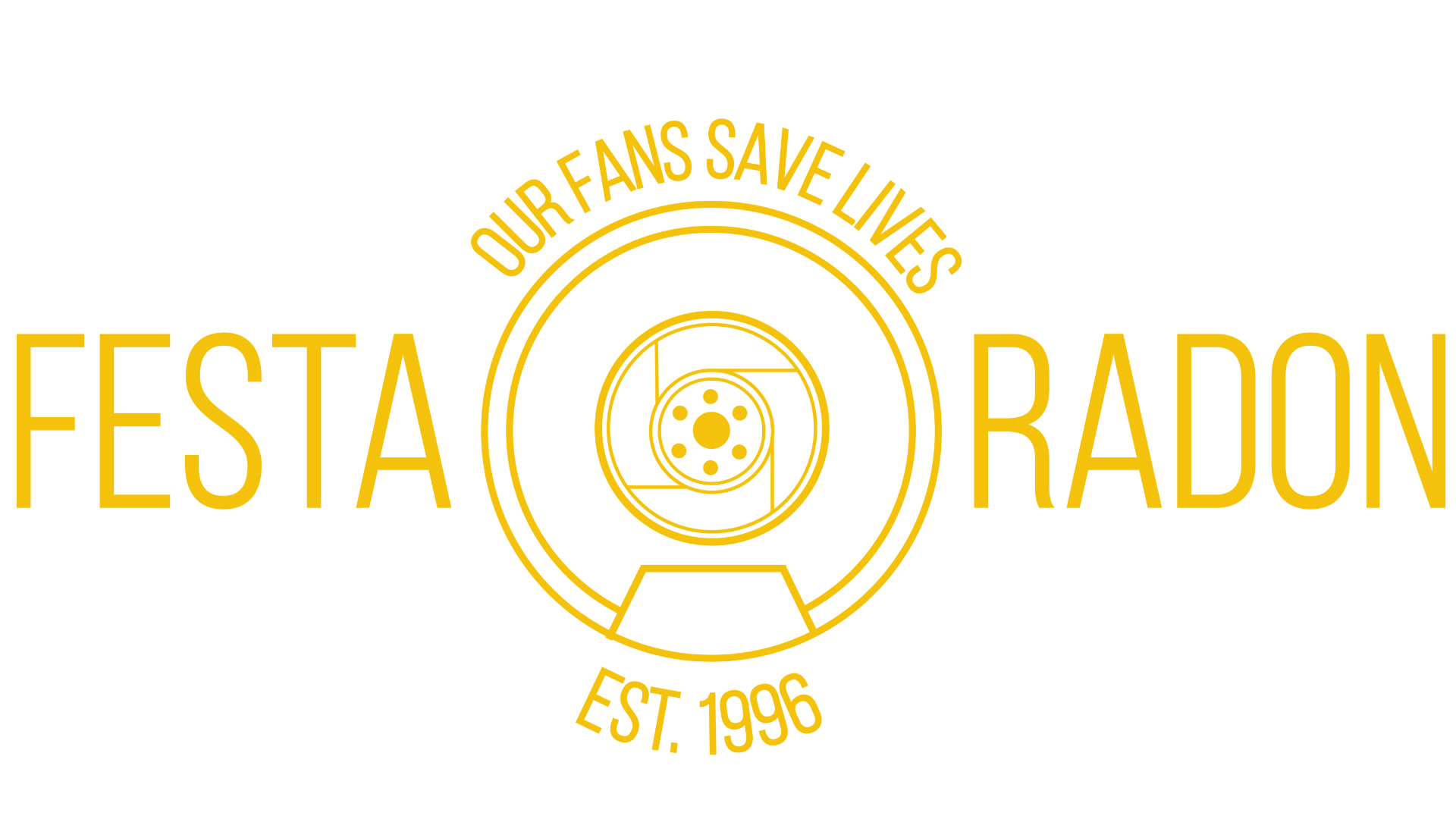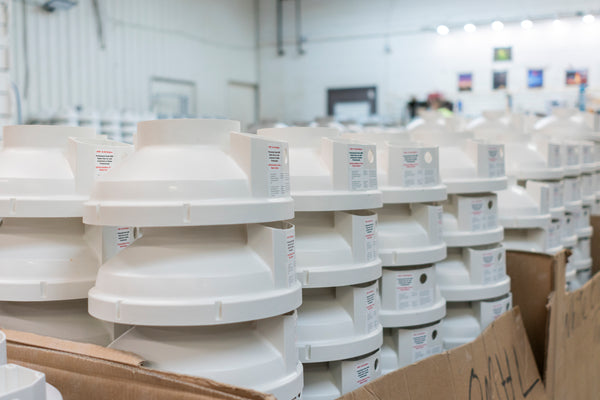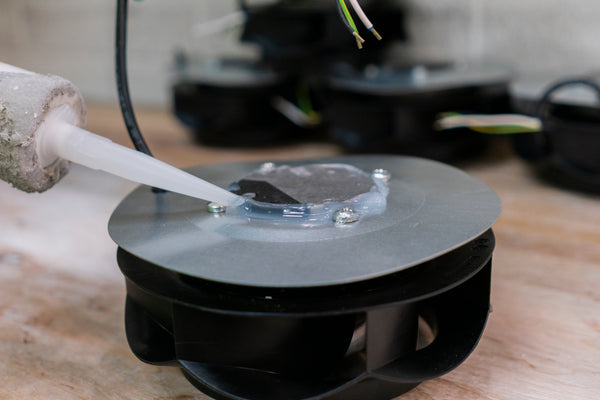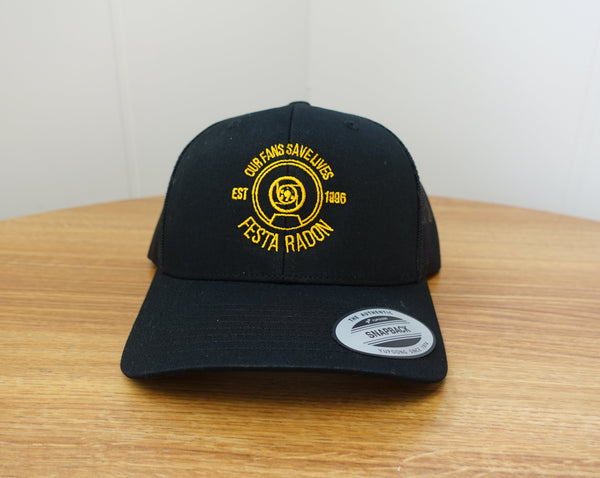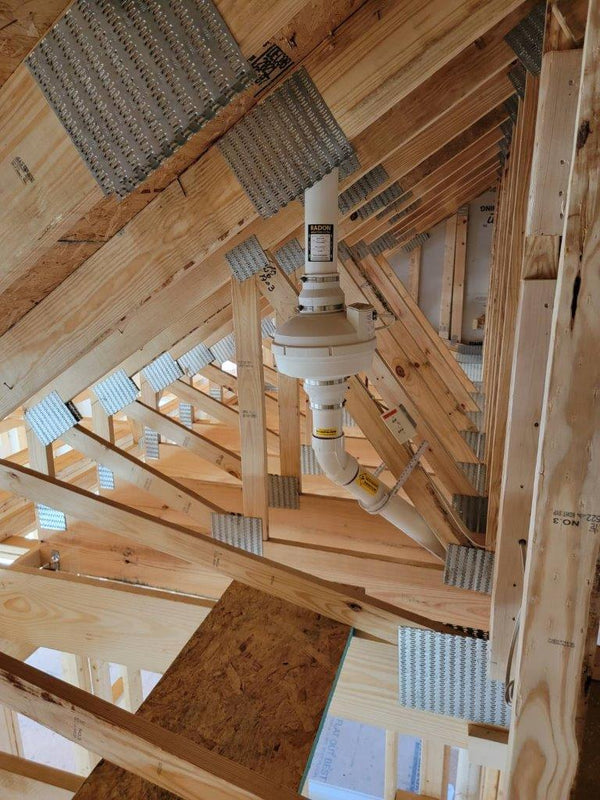
Consumer Notice on Radon Gas
Radon Gas
Radon is the second leading cause of lung cancer after smoking. Radon is a radioactive gas that develops from the breakdown of uranium and other radioactive metals in soil, rocks and groundwater.
Because it occurs naturally, everyone is exposed to low levels of radon. This normal level of exposure is not usually considered dangerous. But if radon seeps into your home through cracks and crevices, high levels of the gas can accumulate and threaten your health.
Because radon has no smell or taste, and you can’t see it, it’s impossible to know it’s there unless you test for it.
Most home improvement stores sell inexpensive radon test kits. You can also purchase a radon test kit online from Kansas State University’s National Radon Program Services. Short-term test kits cost $15 and take two to four days. Long-term radon test kits take three to 12 months and cost $25. New Jersey residents must pay $10 extra because of state requirements.
The average level of radon indoors is approximately 1.3 picocuries per liter (pCi/L), according to the EPA. If your test shows radon levels of 4 pCi/L or higher, you’ll need to do a confirmation test and take steps to reduce radon levels.
Sealing cracks and increasing ventilation can help reduce radon levels, but the EPA recommends you hire a qualified contractor with experience in radon reduction techniques.
